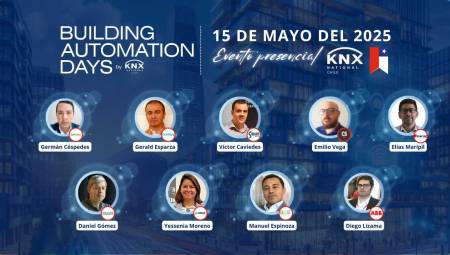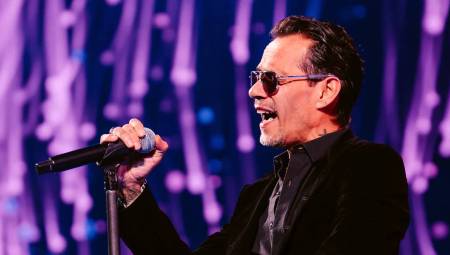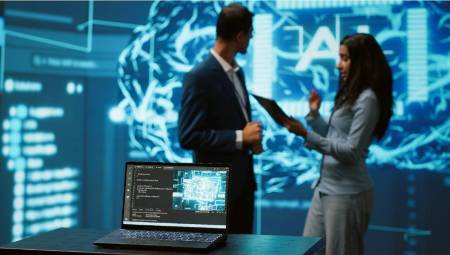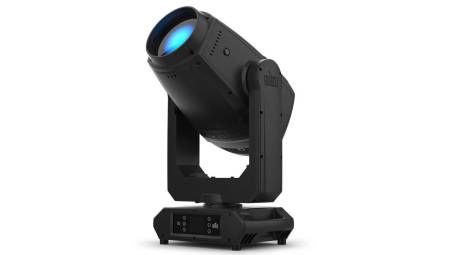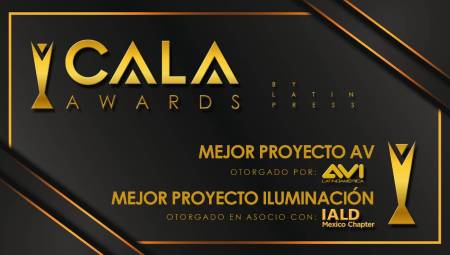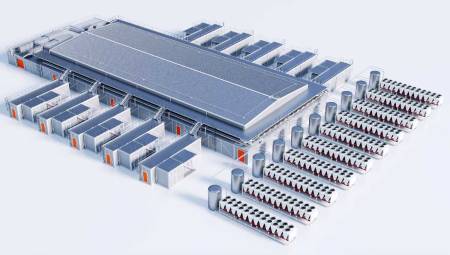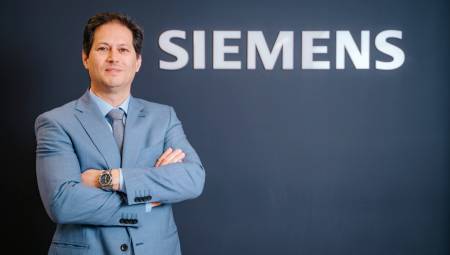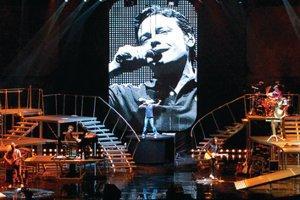 Planning, knowing the space, and being clear about the objectives of the installation are the main factors to take into account to guarantee the success of a project that includes outdoor screens.
Planning, knowing the space, and being clear about the objectives of the installation are the main factors to take into account to guarantee the success of a project that includes outdoor screens.
By Alejandra García Vélez
Neither the rain nor the sun can be an impediment for a screen to offer an optimal image in the middle of any outdoor show. That is why the equipment chosen for an installation of this type must meet certain requirements in addition to being flexible enough to allow the installation to be modified according to the specific characteristics of the show.
To talk about the subject we have in this edition three guests who shared the secrets that during the exercise of their work they have used to achieve success in their projects and installations. First of all we have Nate LaMar, international regional manager for Latin America of Draper, Inc., Ivan Dorado, representative of the company Peroni and Ossama Mina, president of AVP Multimedia.
Recommendations
There are several factors that our guests point out as important when selecting a screen for this type of scenario in which the natural elements, the viewing distance and the particular needs of the show mark the decision to choose between one team or another.
For LaMar the size of the screen is the most important thing and the ability to change the frame between formats with modular models is also a tool that allows flexibility in the installation.
For his part, Ivan Dorado de Peroni, explained that he must always highlight the dramaturgy and cinematics of the staging, that is, "be clear from the beginning what is the effect he is looking for, the dimensions and orientation of the screen depending on the performers and the location of the audience," he explained.
In addition, he pointed out that it is also necessary to take into account what would be the light conditions of the stage where the screen is going to be located, since these conditions can influence the choice of the material of the device.
In that sense, he pointed out that if a very marked lighting situation is foreseen, it will probably be better to use a screen that collects as little as possible the ambient light, so that the projection does not suffer unwanted interference.
In the previous case it will be better to use a gray or even black screen, colors that can be neutralized with an appropriate backlight. These details are usually discussed by the show's director, set designer and illuminator during the planning phases, Peroni's representative said.
On the subject of types of screens, another interesting recommendation is to point to foldable devices instead of motorized, manual, or fixed as is usual in other types of installations. In addition, our guests pointed out that the necessary light efficiency will depend on the distance between the screen and the projector.
In addition, says Dorado, the complementary light, the atmospheric effects in relation to the color, angle and intensity used, will benefit or impair the efficiency of the projector and the screen itself.
Dorado also points out that unlike indoor spaces where the environment and climate are controlled and there is no possibility that the sun, rain or wind, destroy or force to postpone the show, outdoors the wind is a great enemy.
Taking into account that the wind can be a danger to the safety of the installation and the people present at the show, in case of using large screens it will be necessary that these are microperforated so that a part of the air can cross them and thus avoid that an excess of wind causes the detachment of the screens from their racks.
Another common difficulty is the logistical component of raising, lowering and locating the screens, especially when they are very ambitious multimedia projects that are carried out in scenarios that lack the mechanisms or supports necessary for assembly operations. In that case, specialized companies should be used to help solve the problem according to the case, Dorado said.
For his part, Ossama Mina, president of AVP Multimedia, stressed that in the shows the screens fulfill two main functions, one is to transmit what happens on stage (side of the stage) and the other is to be part of the show with visual effects (on stage).
He also highlighted the task of the designer of the show who will determine what is needed according to the objective he wants to achieve. In that sense, he said that "no show is the same as another, each design, each positioning demands of the technicians a great creative capacity".
The market evolves
The three guests of this article agree that, although it is a relatively new niche, the market for screens for shows has grown a lot in recent years and will continue with that trend in the future. In addition to highlighting that the new options and technologies developed for this field allow greater and better facilities.
This does not rule out that there are challenges and possibilities for improvement. Dorado points out that globally the use of screens is very recent; in a massive way, particularly in Mexico, its use is not widespread and there are very few technicians trained to handle more than one projector simultaneously, especially if the screens move. "For now, only some models of frontal projection and retro projection are used, in a very basic way," he explains.
Mina, on the other hand, indicates that technological evolution has favored the development of this niche. He also pointed out that the older screens are large and heavy, with high requirements at the time of assembly, while the current ones are lighter, flexible and easier to hang.
In addition, he does not hesitate to affirm that every year the demand is greater, "for current shows it is an obligation to have screens. Multimedia is a very strong trend that cannot be avoided."
In that sense, he also pointed out that every day new technologies appear, lighter, with a better image, with lower energy consumption and greater software resources that ensure a constant and sustained evolution of this type of facilities.





